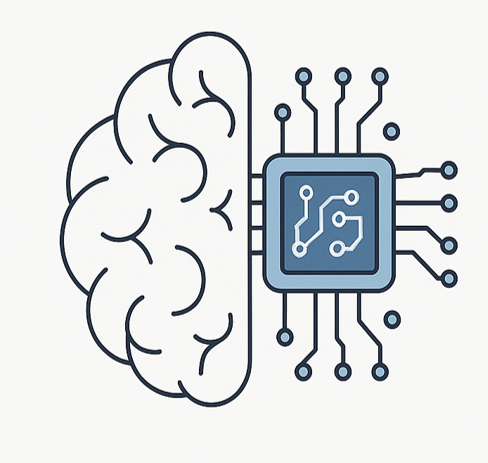
In the ever-evolving landscape of artificial intelligence and advanced analytics, one modeling paradigm stands out for its ability to capture complex, dynamic systems—Agent-Based Modeling (ABM). At GNS-AI, we leverage ABM to help businesses, particularly in healthcare, finance, and retail, make more informed, data-driven decisions. This post delves into the power of ABM, how it differs from traditional modeling techniques, and why it’s a game-changer for AI-driven enterprises.
What is Agent-Based Modeling (ABM)?
Agent-Based Modeling is a simulation technique that models individual entities—agents—within a system. These agents operate autonomously based on predefined rules and can interact with each other and their environment. Unlike traditional statistical or equation-based models, ABM allows us to observe emergent behaviors that arise from these interactions, offering a more nuanced and dynamic understanding of complex systems.
ABM is particularly powerful for systems where:
- Individual behaviors influence overall outcomes
- Decision-making is decentralized
- Adaptation and learning occur over time
- The environment plays a critical role in shaping agent interactions
How ABM Differs from Traditional Models
Many businesses rely on system dynamics models or machine learning models to analyze their data. While these methods have their place, they often assume aggregate-level behaviors, missing the micro-level decision-making dynamics that drive real-world outcomes. ABM, on the other hand:
- Captures heterogeneity: Unlike equation-based models that assume homogeneity in populations, ABM accounts for individual variability, allowing for more precise simulations.
- Simulates real-world interactions: Traditional models often rely on static or historical data, whereas ABM actively simulates real-time decision-making processes.
- Adapts over time: Agents can learn from past experiences, adapt their strategies, and evolve based on new information, making the model more realistic.
Real-World Applications of ABM
At GNS-AI, we utilize ABM across industries to solve complex problems that traditional methods struggle with. Below are a few applications where ABM is driving tangible business impact:
Healthcare: Optimizing Patient Flow and Resource Allocation
Healthcare systems face constant pressure to optimize patient throughput while ensuring quality care. Using ABM, we model:
- How patient behavior influences hospital congestion
- The impact of different scheduling policies on wait times
- The effectiveness of various resource allocation strategies (e.g., staffing levels, ICU bed allocation)
By simulating multiple scenarios, hospitals can proactively design strategies that improve operational efficiency and patient outcomes.
Retail & E-Commerce: Predicting Consumer Behavior
Retailers often struggle to understand shifting consumer behaviors. Traditional demand forecasting models assume that all customers behave similarly, but ABM accounts for:
- Individual purchase behaviors based on preferences and external factors
- The impact of promotions on consumer decisions
- How competitor actions influence market share
With ABM, retailers can fine-tune their pricing, marketing, and inventory strategies to maximize revenue.
Finance: Simulating Market Dynamics and Risk Management
Financial markets are inherently complex and unpredictable. ABM helps banks, hedge funds, and insurers by modeling:
- Investor sentiment and its impact on stock prices
- The spread of financial contagion during economic downturns
- Fraud detection and evolving risk behaviors
With these insights, financial institutions can make better risk-adjusted decisions and build more resilient portfolios.
Why ABM is the Future of AI-Driven Decision-Making
At GNS-AI, we believe that predictive analytics should go beyond static data models. ABM offers a way to:
- Enhance decision intelligence by providing deeper insights into complex systems.
- Optimize AI-driven strategies with dynamic, adaptable simulations.
- Reduce uncertainty by testing multiple scenarios before implementing costly decisions.
With ABM, businesses gain a strategic advantage—they can anticipate market changes, optimize operations, and make data-driven decisions that lead to measurable impact.
Get Started with ABM at GNS-AI
If you’re looking to unlock the power of agent-based modeling for your organization, GNS-AI is here to help. Our expertise in AI, predictive analytics, and simulations ensures that we can design custom ABM solutions tailored to your specific challenges.
Ready to make smarter decisions with AI? Contact us today to explore how ABM can drive transformation in your business. Book a call by clicking the button below.



